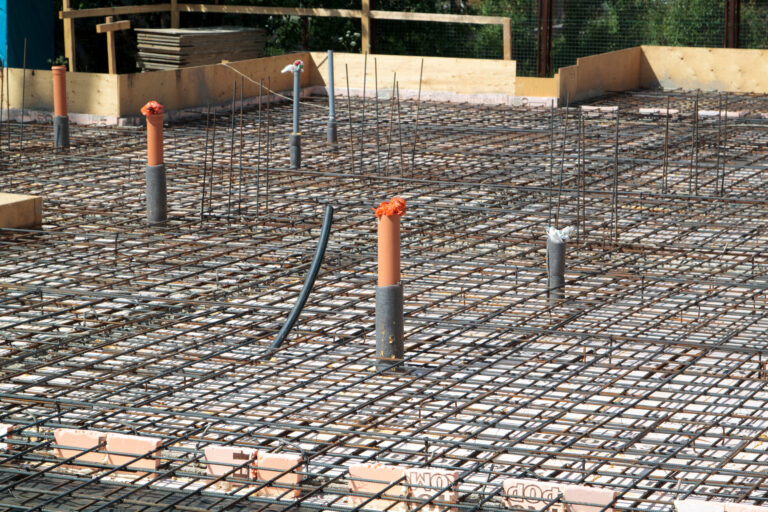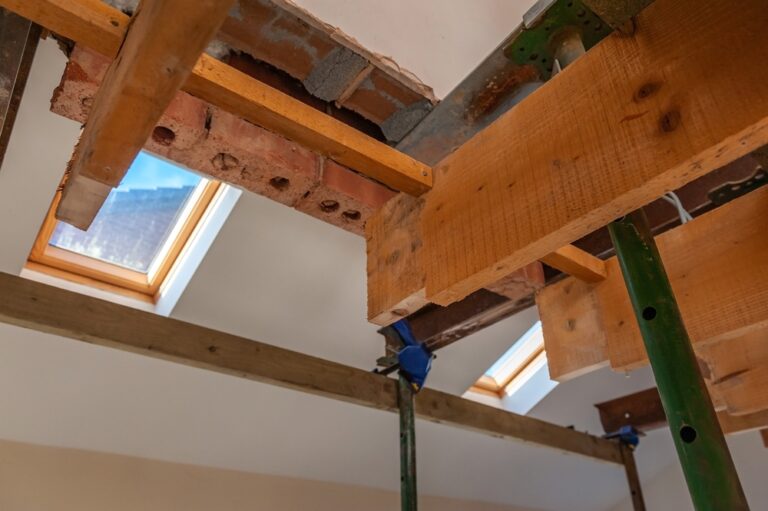Homeowner’s Guide to Structural Inspections: What You Need to Know
For many homeowners, the term “structural inspection” might seem daunting, conjuring images of invasive examinations and costly repairs. However, understanding the importance of these inspections, what they entail, and how they can ultimately protect your investment is crucial. This guide aims to demystify structural inspections, providing homeowners with essential knowledge to navigate the process confidently.
What Are Structural Inspections
At its core, a structural inspection is a thorough assessment conducted by a qualified structural engineer to evaluate the integrity of a property’s foundation and overall structure. Unlike a general home inspection, which covers a broad overview of a house’s condition, a structural inspection zeroes in on the home’s bones – the foundation, beams, columns, and other critical load-bearing elements.

Why Structural Inspections are Necessary
Structural inspections are vital for several reasons, not least because they ensure the safety and stability of your home. They can identify potential issues before they escalate into serious problems, saving homeowners significant amounts of money in the long run. Here are a few scenarios when a structural inspection becomes particularly important:
- Buying a New Home: Before purchasing a property, a structural inspection can alert you to any issues that could affect the home’s value or necessitate future repairs.
- Noticing Warning Signs: Signs such as cracks in the walls or foundation, doors and windows that won’t close properly, or uneven floors can indicate structural problems.
- After Natural Disasters: Following events like earthquakes, floods, or hurricanes, a structural inspection can assess any damage and recommend necessary repairs.
What Happens During a Structural Inspection?
A structural inspection typically involves the following steps:
- Visual Assessment: The structural engineer conducts a comprehensive visual examination of the property, looking for signs of distress or damage to the structure.
- Investigation of Potential Issues: If problems are detected, the engineer may perform further investigations, which could involve checking the crawl space, basement, and attic to assess the condition of beams, joists, and other structural components.
- Report: The engineer compiles a detailed report outlining their findings, including any areas of concern and recommendations for repairs or further evaluation.
Preparing for a Structural Inspection
As a homeowner, you can prepare for a structural inspection by ensuring the engineer has access to all necessary areas, including the basement, attic, and any crawl spaces. It’s also helpful to provide a list of any issues you’ve noticed or specific concerns you have about the property’s structure.
Following Up on an Inspection
Upon receiving the inspection report, it’s crucial to review the findings and discuss any recommended actions with the engineer. If repairs are needed, it’s wise to obtain quotes from several contractors and to ensure any work carried out addresses the underlying structural issues effectively.
Call Elora Structural for Structural Inspections in Dallas
Structural inspections are a valuable tool for homeowners, providing peace of mind and contributing to the long-term maintenance and safety of your property. At Elora Structural, we understand the importance of these inspections and offer expert services to homeowners looking to protect their investment. Whether you’re purchasing a new home, have concerns about your current property, or are recovering from a natural disaster, our team is here to provide the insights and solutions you need.
Remember, the integrity of your home’s structure is too important to leave to chance. Contact Elora Structural today to schedule your comprehensive structural inspection and take the first step towards ensuring your home remains safe, stable, and secure for years to come.






